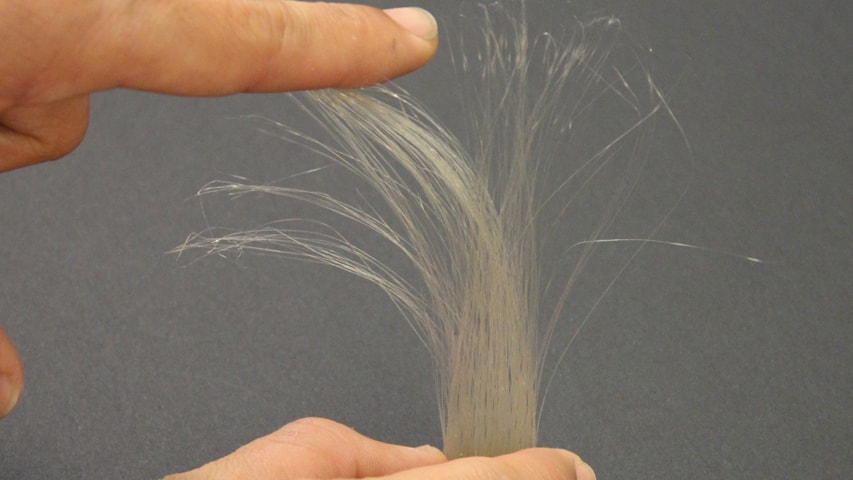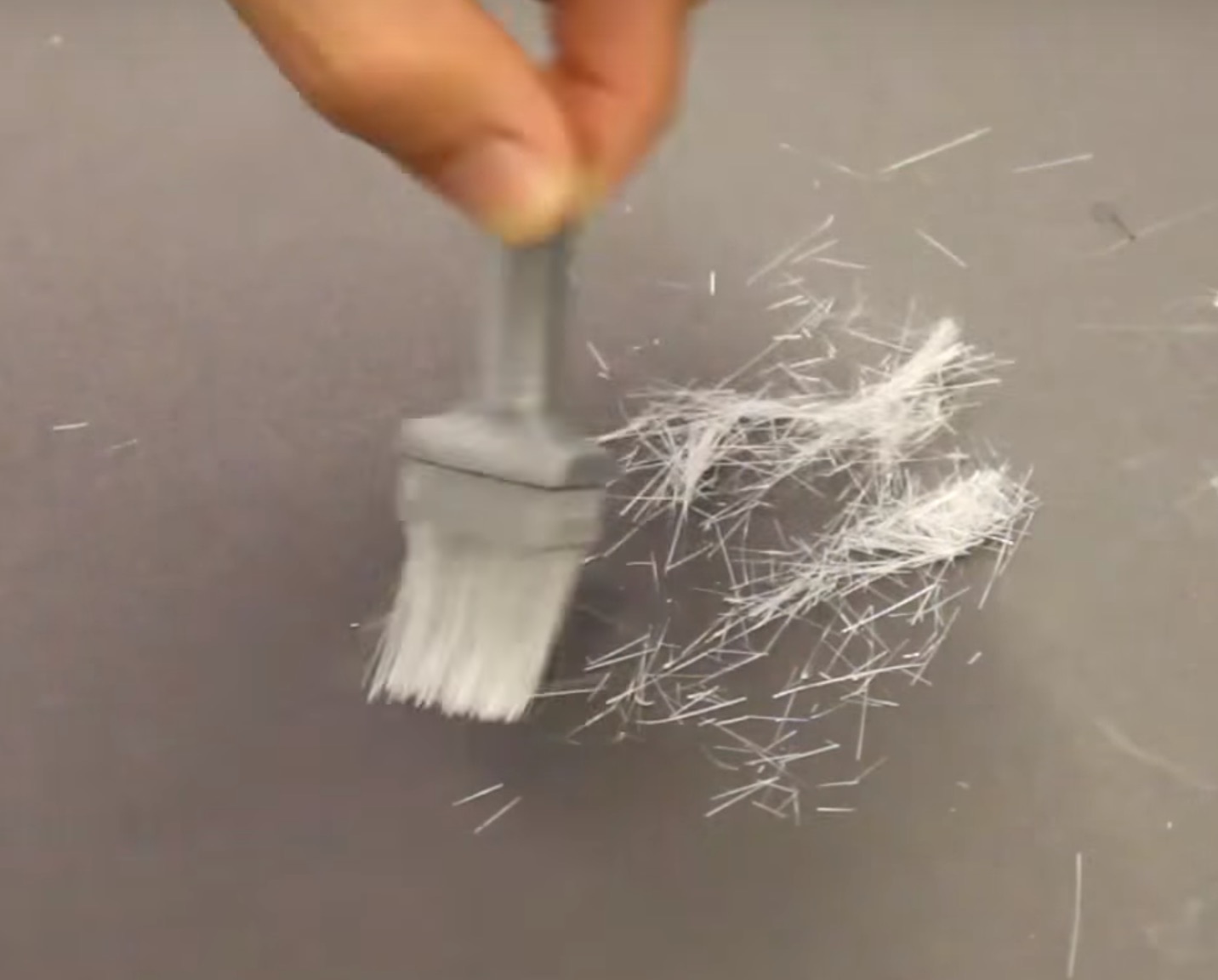
Researchers at Carnagie Mellon have developed a ridiculously simple method of 3D printing hair-like structures.
The solution is entirely obvious once you see how it works, which you can do in this video:
Here’s how it works:
- Position the extruder at the point where the hair will be based
- Burp a tiny bit of molten plastic out of the extruder
- Rapidly move the extruder away from the start point, creating a thin strand
- Repeat from a nearby start point
In other 3D printing situations, this might be called a “stringy”, and is undesirable, but here the researchers have harnessed it for a useful purpose.
Their software is apparently easy to integrate into existing 3D print workflows.
A wonderful side-effect of this approach is that the resulting hairs can be processed in ways very similar to biological hairs: they can be cut, bent, braided or curled to form desired shapes.
With this technique, almost any plastic extrusion-based 3D printer should be able (with the software) to generate hair on objects. This means you could 3D print not only a figurine with hair, but also a brush, for example.
There’s no word yet on how, when or even if this software will be made available to the rest of us. However, it seems to us that it might be straightforward to replicate this software if one were so inclined.
What we get from this development is that there are still many extrusion techniques yet to be discovered. Have you found an interesting process that no one knows about yet? Let us know and we can tell the world!
Via CMU


